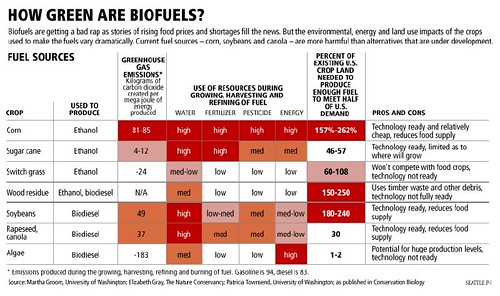European Automotive Industry Outlines R&D Priorities for EU Green Car Initiative
(Source: Green Car Congress & Newspress, UK)
European automotive suppliers and vehicle manufacturers have united to submit a series of R&D priorities to the European Commission to shape the European Green Car Initiative (EGCI), announced by the EU. CLEPA (the European umbrella membership organization representing the interests of the global automotive supply industry) and EUCAR (the European Council for Automotive R&D from the major European passenger car and commercial vehicle manufacturers) jointly prepared the document.

The Green Car Initiative, a part of the European economic recovery plan, aims to allocate €5 billion (US$6.7 billion) through a Public Private Partnership to bolster innovation in the automotive sector and sustain its focus on environmental progress. The initiative complements the European Clean Transport Facility which, through the European Investment Bank, serves to provide more immediate financial relief to the sector.
The Green Car Initiative concentrates on long-term R&D, largely combining existing projects under a clear policy focus and underlining the importance of a joint approach between industries and policy makers. The CLEPA and EUCAR document is intended to harmonize the R&D directions and priorities of the auto industry, and then to communicate these to relevant authorities and bodies at national and EU level and to other key partners. The scope of the document is adapted and narrowed to the domain of the EGCI, and it does not claim to cover the broad spectrum of automotive and transport R&D.
The R&D domain in the document is structured into four major areas:
- Mobility and Transport (deploying information and communication technologies (ICT) and Intelligent Transport Systems (ITS) for traffic and transport management, involving vehicles as well as route planning).
- Energy and Environment (exploring primary energy sources which are renewable, secure, sufficient and environmentally compatible; the electrification of vehicles and the road transport system as a whole; lightweight structures and new vehicle concepts for high energy-efficiency).
- Safety (ensuring safety of new vehicle concepts and types; development of cooperative systems for efficiency and safety based on communication between vehicles and infrastructure).
- Affordability and Competitiveness (achieving green objectives at an affordable level, taking into account the availability and use of raw and rare materials; (energy-) efficiency of production processes; handling of alternative materials; use of virtual tools).
All of these areas are equally important and none of them can be considered independent from the others, the organizations note.
Click here to read the entire article. Here is a copy of the full report in PDF.



 The so-called peak oil debate has taken many twists and turns over the years. After long being an oddball survivalist preoccupation, the debate gathered mainstream momentum a few years ago as oil prices began a long ascent from around $30 per barrel to $147, where they topped out last summer. By the time a barrel of West Texas crude was rising eight bucks a day, scarcity seemed like the best and only explanation–that no matter how hard we tried, we couldn’t pump enough oil to meet demand. OPEC cut production, inventories rose, and it seemed like, in fact, we had plenty of oil for the foreseeable future and the whole thing had just been hedge fund shenanigans.
The so-called peak oil debate has taken many twists and turns over the years. After long being an oddball survivalist preoccupation, the debate gathered mainstream momentum a few years ago as oil prices began a long ascent from around $30 per barrel to $147, where they topped out last summer. By the time a barrel of West Texas crude was rising eight bucks a day, scarcity seemed like the best and only explanation–that no matter how hard we tried, we couldn’t pump enough oil to meet demand. OPEC cut production, inventories rose, and it seemed like, in fact, we had plenty of oil for the foreseeable future and the whole thing had just been hedge fund shenanigans.




